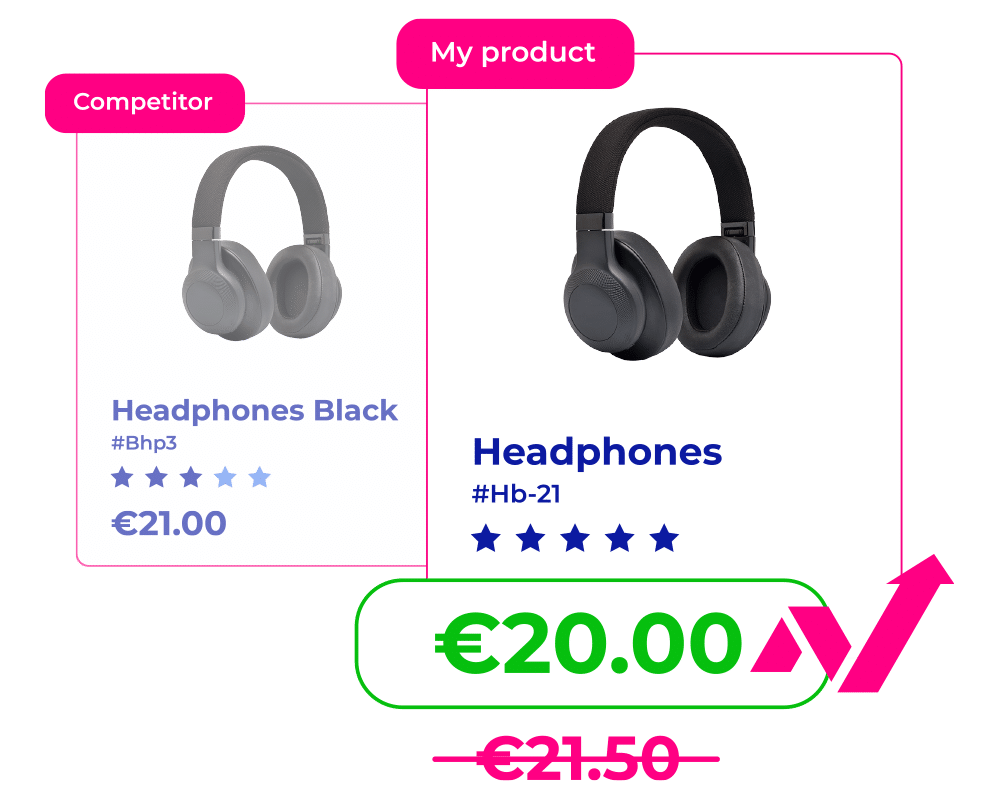High low pricing strategy, also known as “Hi-lo” or “skimming” pricing, is a common retail pricing strategy of the different ecommerce pricing strategies in which products or services are introduced at higher prices and then progressively reduced and decreased with demand.
While the principle is simple, it can be challenging to determine when and how to implement a high low pricing strategy. The this pricing strategy is often applied to newly launched products.
This is very common in the fashion industry. For example firms such as Nike, have chosen this pricing strategy to boost their profits. How do they implement this strategy? By pricing their products quite high at the beginning and rewarding their customers with massive end-of-season sales. This helps them sell out-of-season products while building customer loyalty and gaining new buyers.
The pros and cons of implementing this pricing strategy:
Pros:
- Profit Generation: Businesses can boost profits by increasing the rates or making more sales through reduced prices.
- Increased Traffic: Increased exposure to promotions increases customer traffic, the same applies to discounted and regular prices.
- Higher turnover: Offering low prices daily for slow-moving products helps to free inventory-bound capital by increasing inventory turnover.
Cons:
- Quality of the product: Frequent product quality discounts can give customers the impression that a company’s products and brands are of poor quality.
- Customer Expectations: Due to regular promotion of price cuts, consumers may wait for prices to drop before purchasing products.
- Risk management: If the customer is loyal to the company with only discounted products, sales may be stable, but profit margins will decline. Stores that attract customers with discounted products must rely on regular-priced products to maintain profit margins.
What is the difference between a high low pricing strategy and an everyday low pricing one?
As mentioned before a High low pricing strategy sets a high price when releasing a product for the first time and afterwards it reduces the price. When we talk about an everyday low pricing strategy (EDLP) you introduce the product at a low price since the beginning and therefore there is no reduction on the price set.
So, why should you consider a high low pricing strategy if at the end you will reduce the prices? Because your brand is viewed differently by your consumer and it gives you the price flexibility to increase prices and disease them according to your stock and product strategy.






